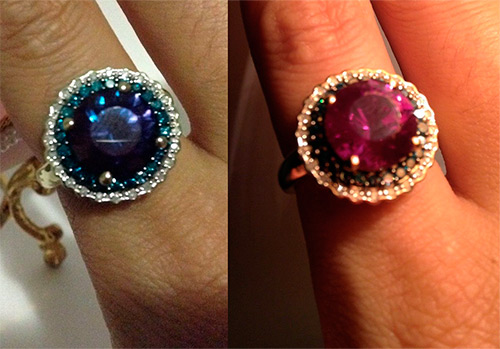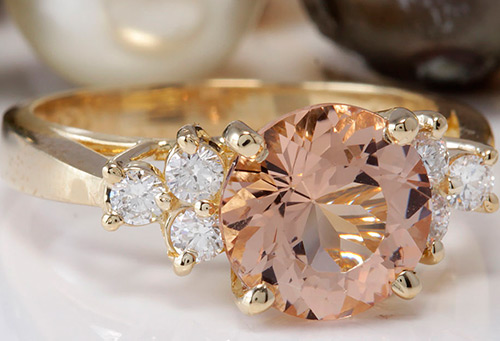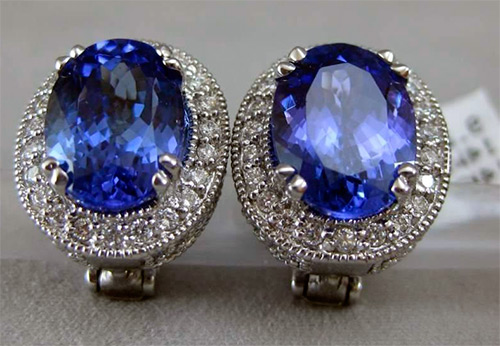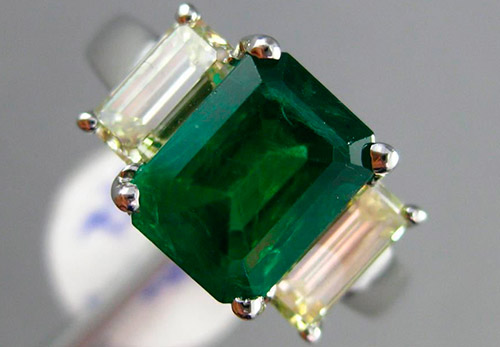Jewelry
Alexandrite stone - history and the best jewelry
Alexandrite is a gem with a changeable color, it glitters with bright green, then violet-red shades, then lilac highlights, then delicate lilac ... The history of its name can tell us about people who left their mark in the past. The stone turned out to be not only perfect in its beauty, but also a fortuneteller….
An amazing stone attracts attention, first of all, by the play of color, an unusual property - to change color depending on the lighting.
According to M.I. Pyliaev in his book "Gems" - "... The color of alexandrite is dark green, quite similar to the color of a dark emerald. Under artificial lighting, the stone loses its green color and turns into a purple or crimson color. In the daytime, in strong sunlight, the stone takes, in certain directions, a pleasant purple color with slight overflows into a bluish-green color ... ".
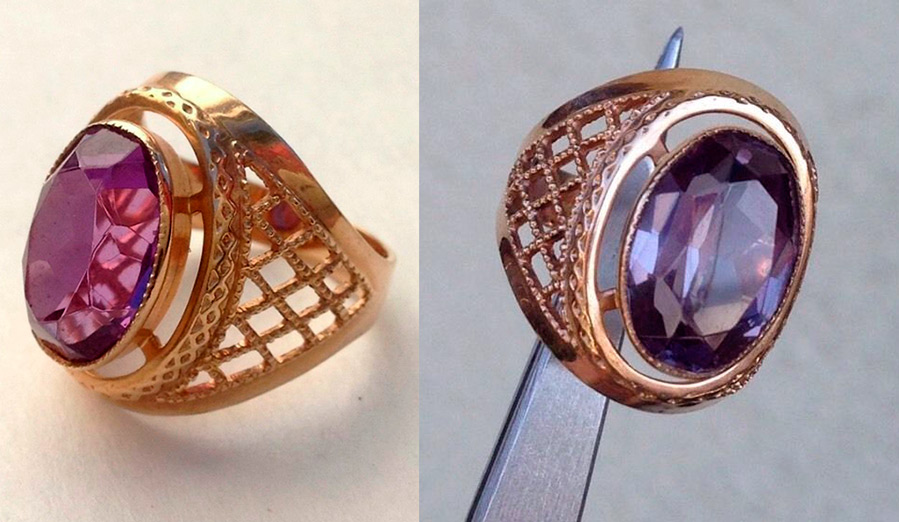
Who gave the name to the stone and whose name is the precious Alexandrite named after?
There are several assumptions about those who, when they first saw the stone, gave it its name. But in honor of whom the precious crystal is named, there are many confirmations in which only the name of one person is named - the Emperor of Russia Alexander II.
The stone was named on April 17, 1834, on the day of the coming of age of the Tsarevich - the future sovereign of the Russian Empire Alexander II. The unusual fate of the emperor is as if predicted by a stone ...
And who found this stone, and who belongs to the role of the researcher, who named it Alexandrite, although it is difficult to say that the stone could have been called something else.
On many pages of popular publications about precious stones, it is said that alexandrite was found and studied by the Finnish mineralogist N. Nordenskjold. However, there are other more likely versions.
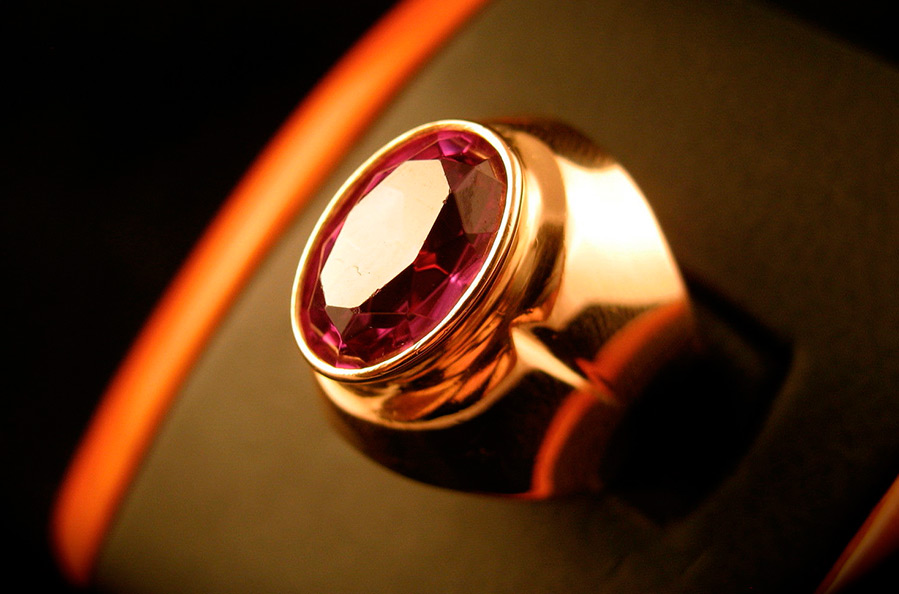
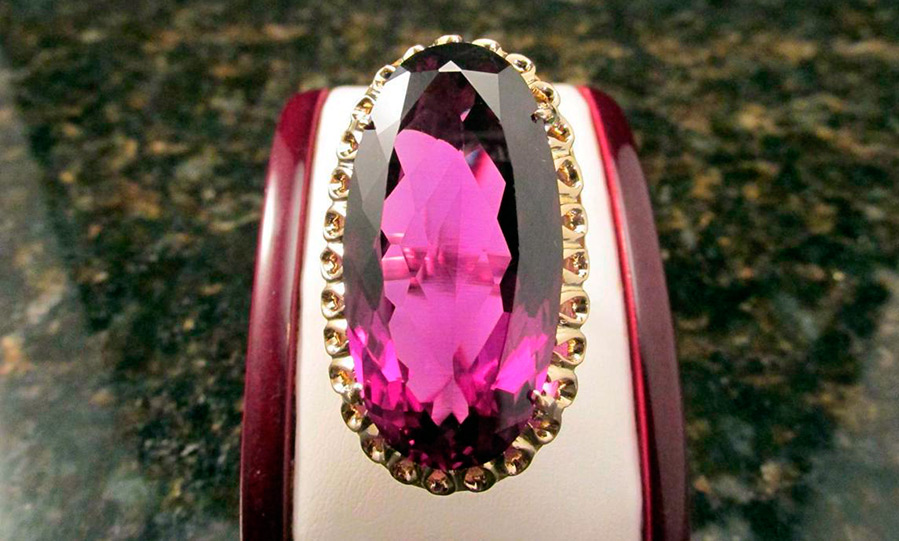
In the first half of the 19th century, samples of all minerals were sent for study from the Urals to St. Petersburg. Most likely, the first who took this stone in his hands was the master of the Yekaterinburg lapidary factory, hereditary jeweler, Yakov Kokovin. All precious minerals passed through his hands in the Urals. His father and grandfather were serf stone cutters.
From an early age, the boy showed a talent for drawing, which, by a happy coincidence, was noticed, and little Yakov was admitted to the St. Petersburg Academy of Arts. Kokovin graduated from the courses of medal and sculpture classes with a gold medal, and received a free one.
It was he who sent the found stone to Petersburg, the find was very unusual for its play of color. And here the stone fell into the hands of another connoisseur and lover of minerals. It turned out to be Count Lev Alekseevich Perovsky (illegitimate son of Count Alexei Razumovsky).
Lev Alekseevich was an unusually gifted person. He graduated from Moscow University, participated in the war of 1812, was wounded, at one time was in the company of the Decembrists, but soon broke with them, advocated the abolition of serfdom in Russia, and held high positions throughout his life.
He headed the Commission for the Study of Antiquities, organized many ancient excavations - near Novgorod, in Suzdal, in the Crimea. Mineralogy was his passion. Probably, she took root in the house of her father Alexei Razumovsky, who kept a rich collection of minerals. Perovsky had an official permission so that all rare minerals from the Urals passed through the Department of Appanages headed by him at that time.
And so, the future alexandrite ended up in the hands of Perovsky, who was not slow to present an unusual mineral to the future emperor on the day of his majority, April 17, 1834. This date later began to be referred to as the date of the "birth" of the new mineral, and its name suggested itself - Alexandrite.
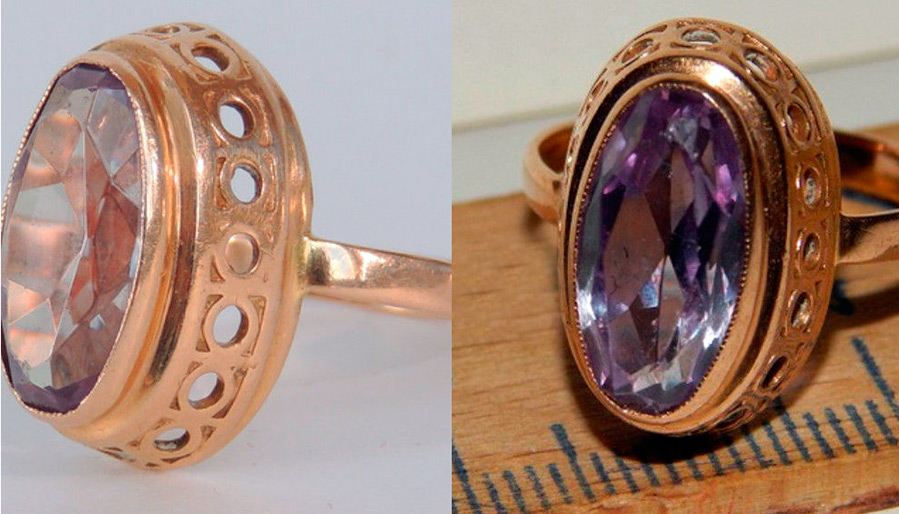
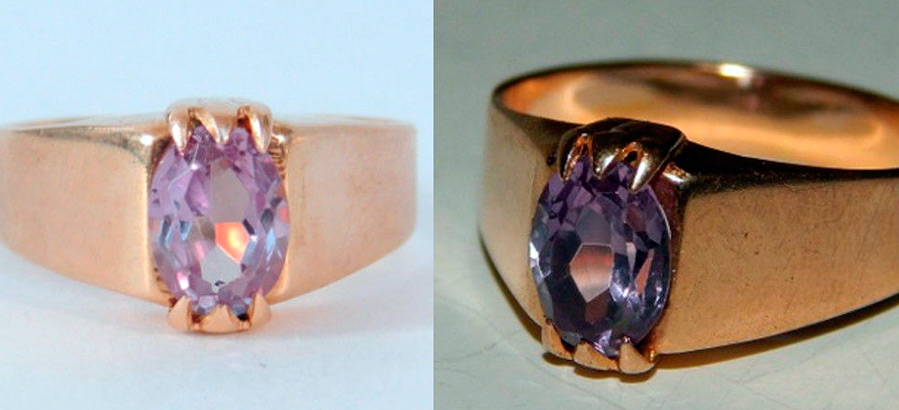
Henry Smith also writes about alexandrite in his book "Gems": "No phenomenon associated with gemstones is more striking than the red and green reflections emitted by cut alexandrite when light travels through the stone in a certain direction."
And what about Nils Nordenskjold? He was a professional in mineralogy, inspected all mines in Finland, knew all the underground treasures of the planet, was elected a foreign correspondent for the Russian Academy of Sciences and studied minerals supplied from the Urals. Niels Nordenskjöld was the first to compose a detailed description of alexandrite.
Therefore, who was the first of these people, known in history, to fall into the hands of Alexandrite, can be assumed. And the stone is named after the Russian Emperor Alexander II. A handsome stone with a changeable color began to be called the imperial stone.
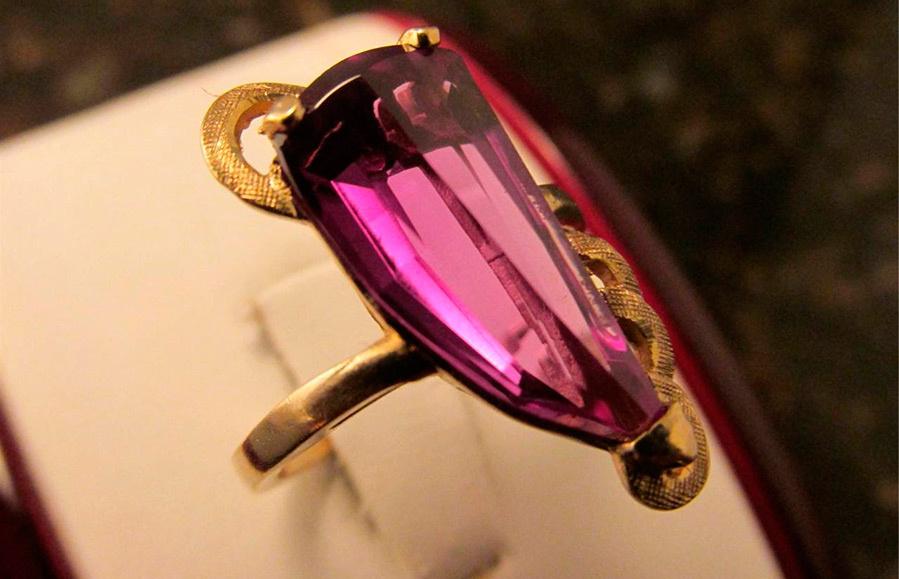
Alexandrite, named after the Russian tsar, seemed to prophetically predict his fate - "... in his radiance he carried the fate of this sovereign: blooming days and a bloody sunset ...". The death of the king occurred at the hands of terrorists on March 1 (13), 1881 - 135 years ago.
After this event, alexandrite became especially popular. Many in Russia, as a token of memory and respect for the Russian emperor, sought to preserve or acquire some items that somehow remind of Alexander II.
Among these items were jewelry with alexandrite. The rings were especially favorite. They were worn by many women who later became widows after the First World War. And then, in addition to the name - "imperial" stone or "Russian stone", alexandrite received another name - "widow's stone".
For many, it seemed not a simple coincidence, so they came to the conclusion that the stone has a negative effect, and in order to neutralize it, it should be worn in tandem with another gem.
After Russia's victory over Nazi Germany, the Sverdlovsk Jewelry Factory began to produce artificial alexandrites, they were inexpensive and quickly sold out. And there were many women widows all over Great Russia at that time.
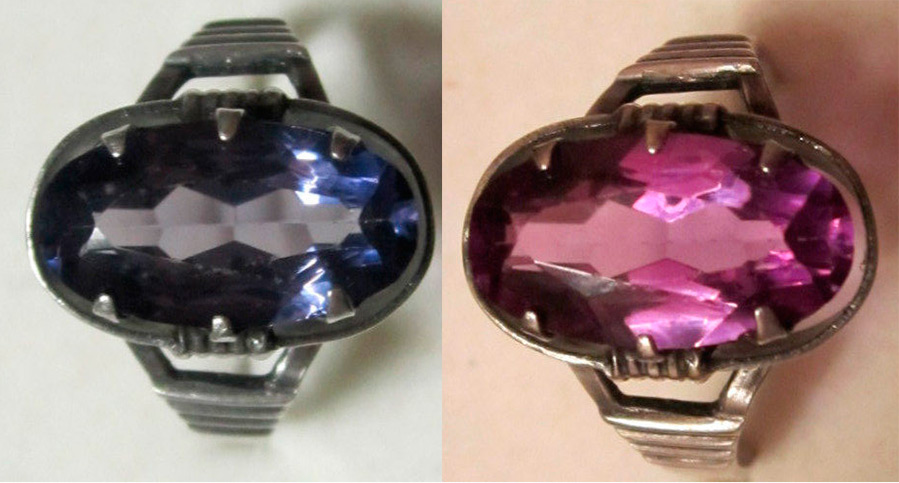
Comments and Reviews
Add a comment
Rating news
Shades of clothing that make women look younger
What shades of hair make women younger: rules and photos
Funny wedding dresses - photos and ideas
12 most expensive down jackets for the winter
How to look 25 at 40: tips from supermodels
Beautiful schoolgirls
Anti-aging haircuts and hairstyles for women
Fashionable skirts for autumn and winter
Fashionable women's trousers for the cold season
Fashionable and stylish sandals for summer 2024
Spring-summer 2024
 Fashionable dresses and tops with thin spaghetti straps
Fashionable dresses and tops with thin spaghetti straps
 Bandana tops: how to wear stylishly and beautifully
Bandana tops: how to wear stylishly and beautifully
 How to put together the perfect men's wardrobe for the summer
How to put together the perfect men's wardrobe for the summer
 Fashionable shorts for spring-summer 2024
Fashionable shorts for spring-summer 2024
 Fashionable skirts for spring-summer 2024: a guide to online shopping
Fashionable skirts for spring-summer 2024: a guide to online shopping
 The most fashionable dresses spring-summer 2024: styles and colors
The most fashionable dresses spring-summer 2024: styles and colors
 Fashionable total look 2024: ideas of images and trends
Fashionable total look 2024: ideas of images and trends
